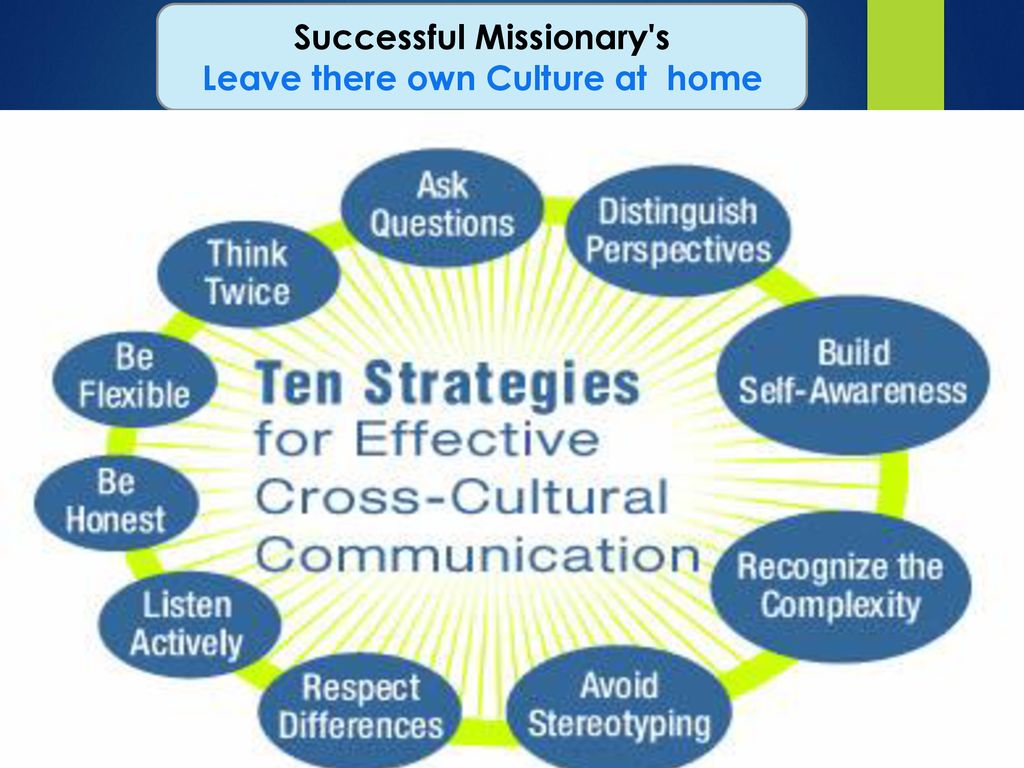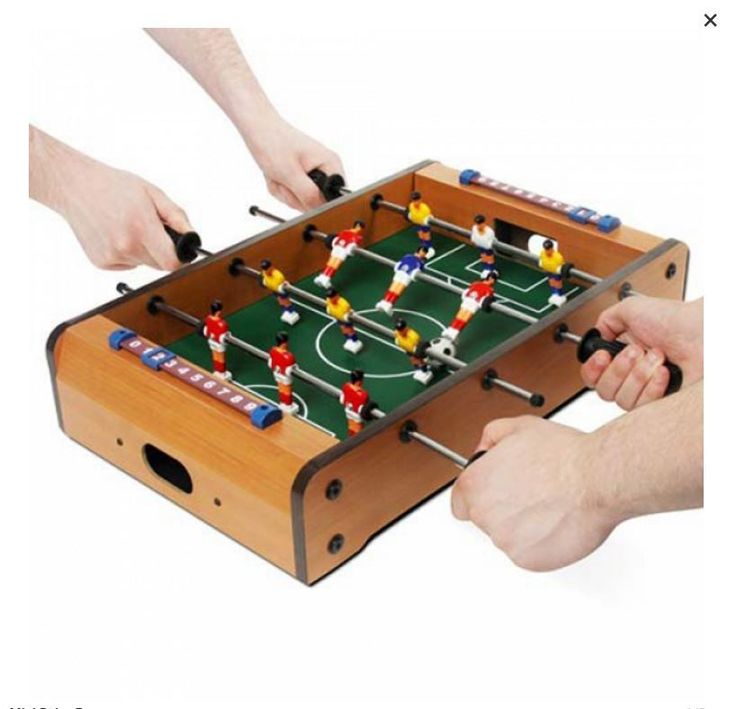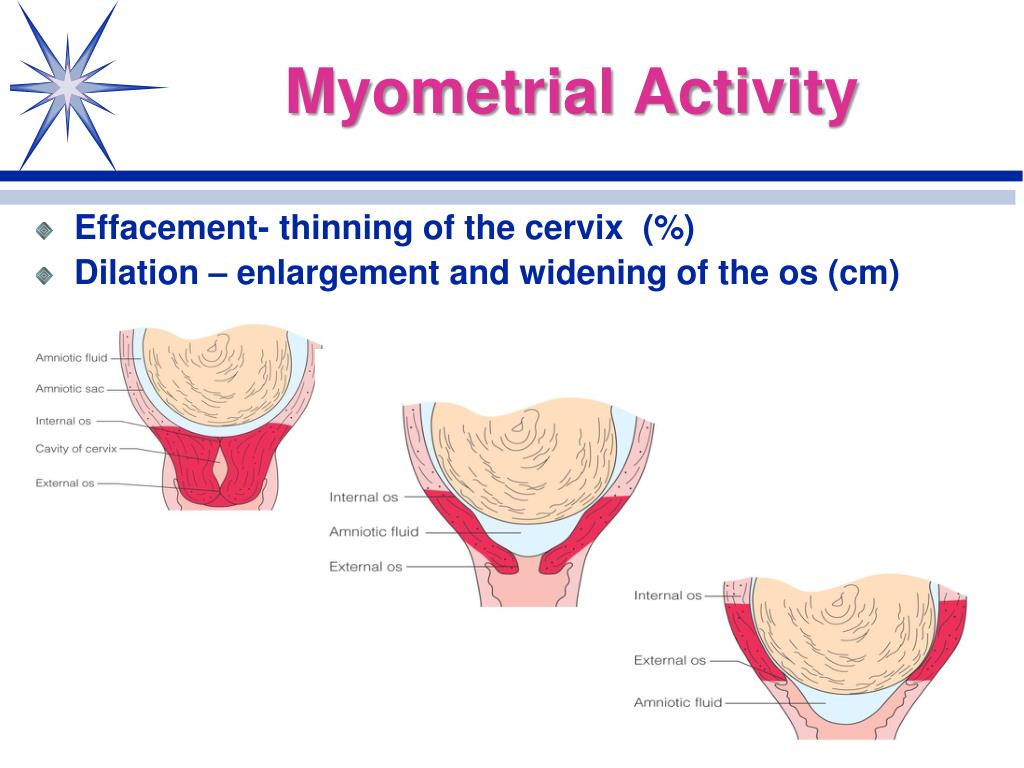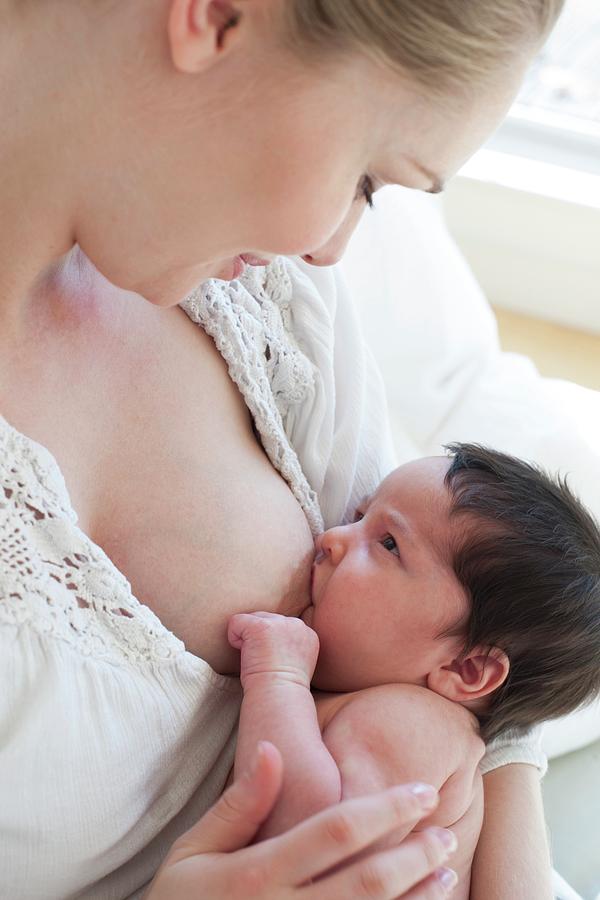Cultural birth practices
Cultural practices and preferences when having a baby
Cultural practices and preferences when having a baby | Pregnancy Birth and Baby beginning of content4-minute read
Listen
Depending on your social, religious and cultural background, you may have certain needs and expectations when you are having a baby. In Australia, each woman is given choices about where and how she has her baby, and there are many services to help support women from different cultures.
Culture, pregnancy and childbirth
Different cultures have different values, beliefs and practices. A woman’s cultural background can affect her needs and expectations during pregnancy and childbirth, as well as how she and her family raise children.
Many women giving birth in Australia believe it’s important to follow the traditional pregnancy and birth practices of their culture.
For example:
- During pregnancy, women from some cultures do not eat certain foods.
- During labour, women from some cultures avoid moving too much; some stay lying down, some prefer to sit or squat.
- In some cultures, the father does not attend the birth, but the mother or mother-in-law does.
- After childbirth, some women follow strict rules, such as staying in bed for several days.
How pregnant women are cared for in Australia
In Australia, antenatal care (the care given to a woman during pregnancy and at the time of birth) is ‘woman-centred’. This means it is focused on the woman and her needs.
When you have a baby in Australia, you are given a lot of choice. For example, you can choose where you want to give birth (in a hospital, birth centre, or at home), and you can choose publicly or privately-funded care. You can also say whether you would prefer a female doctor or midwife, although this may not always be possible, especially in an emergency situation.
The health professionals caring for you will ask you many questions to make sure they understand what you need and want. They will also give you information and encourage you to ask questions. When decisions need to be made about your care, they will encourage you to be involved. If you wish, they will also talk with others, such as your partner, sister or mother.
Women with special cultural needs
It is your right in Australia to have healthcare that is suited to your cultural needs. This means that healthcare professionals and hospitals will respect your wishes as much as possible.
Many antenatal clinics (clinics in hospitals that care for pregnant women) provide special services for women with specific cultural needs. These include cultural liaison officers who can help explain your needs to health professionals and provide you with extra support both before and after the birth.
In most states and territories, multicultural health workers and Aboriginal and Torres Strait Islander health workers are available to help you with things like choosing an antenatal clinic, getting to appointments, and finding relevant services and support groups in your area.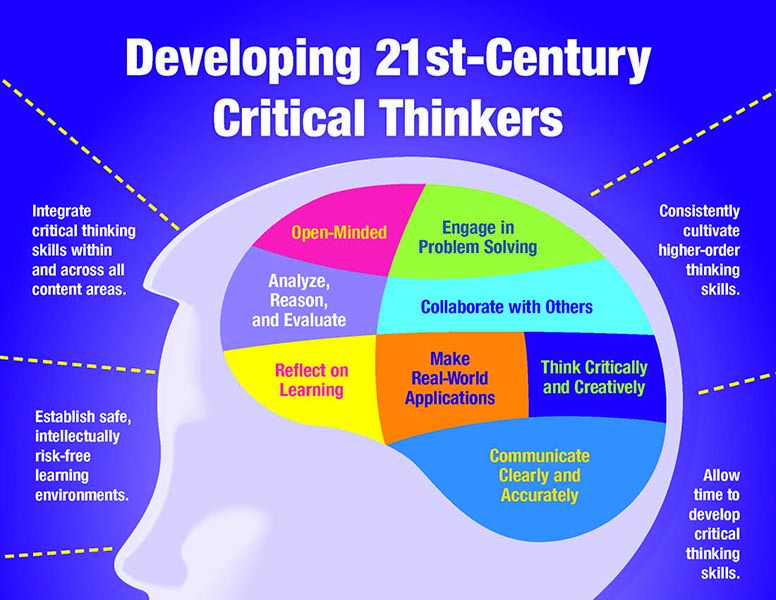
There are often other community services available, too. For example, if you are an Aboriginal or Torres Strait Islander woman, you may have a local Aboriginal and Maternal Infant Health Service near you. If you are a refugee, your local community health service may have a Refugee Health Nurse.
Talk to your doctor to find out what is available in your area. You can also search Australian health services.
Communicating your needs and preferences
It’s very important that you clearly explain your needs and preferences to the health professionals who will be looking after you and your baby. If you need help with language, ask for a health interpreter.
Hospitals in Australia provide free access to interpreters, either in person or over the phone, to make sure you and your healthcare team understand each other clearly.
It is better to use a trained health interpreter rather than a family member, where possible, so that there are no misunderstandings about some of the more complicated healthcare issues.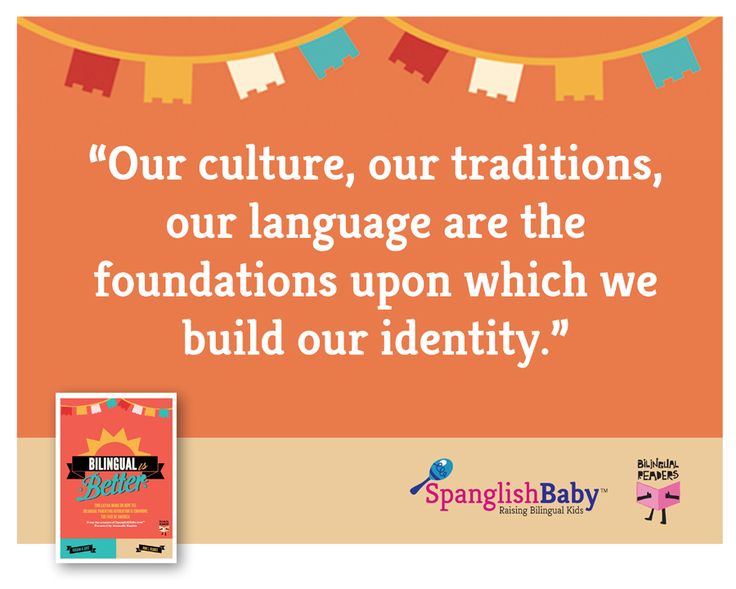
Help and support
Having a baby can be a stressful time. It can be particularly hard if your family is overseas or you are newly arrived in Australia. For help and support, you can:
- call Pregnancy, Birth and Baby on 1800 882 436 to talk to a maternal child health nurse
- talk to your local doctor or midwife
- use government support services in your area — for example, multicultural services such as migrant resource centres, and Aboriginal and Torres Strait Islander Services such as Aboriginal health centres
- get involved in a community group, where other women can help you connect to the traditions, ceremonies and rituals of your culture; ask your local council about relevant services in your area
Sources:
NSW Health (Having a Baby), Royal Australian and New Zealand College of Obstetricians and Gynaecologists (Maternity care in Australia), Queensland Health (Cultural dimensions of pregnancy, birth and post-natal care), Department of Health (Pregnancy care for migrant and refugee women), Department of Health (Providing woman-centred care), Department of Health (Pregnancy care for Aboriginal and Torres Strait Islander Women)Learn more here about the development and quality assurance of healthdirect content.
Last reviewed: June 2021
Back To Top
Related pages
- Support for parents
- Family health services for you and your baby
- Support for migrants to Australia
- Cultural differences when raising children
Need further advice or guidance from our maternal child health nurses?
1800 882 436
Video call
- Contact us
- About us
- A-Z topics
- Symptom Checker
- Service Finder
- Linking to us
- Information partners
- Terms of use
- Privacy
Pregnancy, Birth and Baby is funded by the Australian Government and operated by Healthdirect Australia.
Pregnancy, Birth and Baby is provided on behalf of the Department of Health
Pregnancy, Birth and Baby’s information and advice are developed and managed within a rigorous clinical governance framework. This website is certified by the Health On The Net (HON) foundation, the standard for trustworthy health information.
This site is protected by reCAPTCHA and the Google Privacy Policy and Terms of Service apply.
This information is for your general information and use only and is not intended to be used as medical advice and should not be used to diagnose, treat, cure or prevent any medical condition, nor should it be used for therapeutic purposes.
The information is not a substitute for independent professional advice and should not be used as an alternative to professional health care. If you have a particular medical problem, please consult a healthcare professional.
Except as permitted under the Copyright Act 1968, this publication or any part of it may not be reproduced, altered, adapted, stored and/or distributed in any form or by any means without the prior written permission of Healthdirect Australia.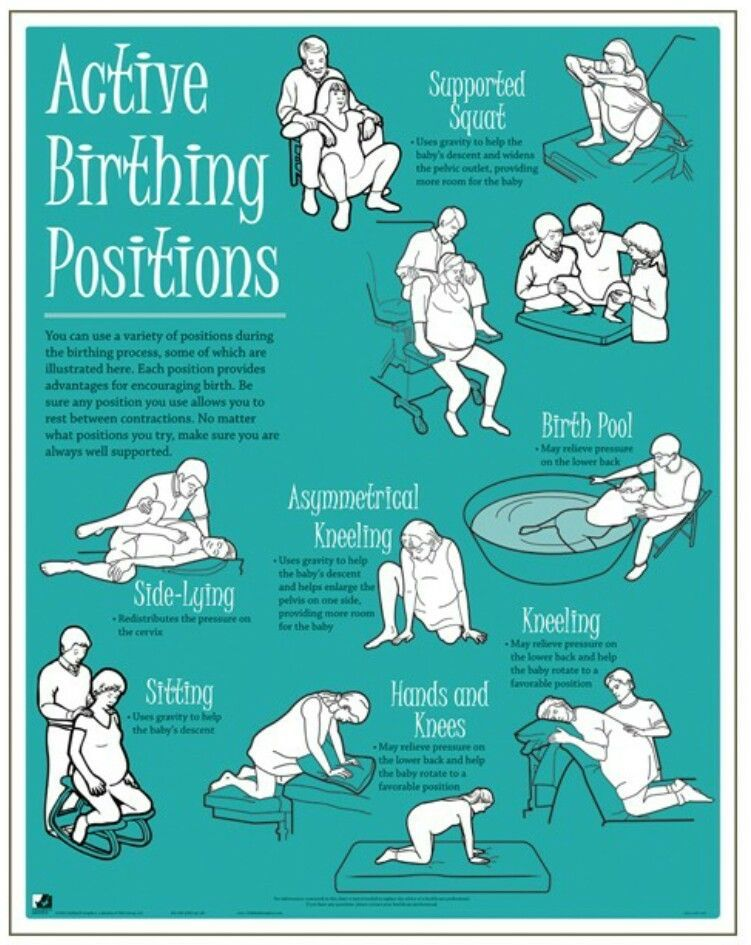
Support this browser is being discontinued for Pregnancy, Birth and Baby
Support for this browser is being discontinued for this site
- Internet Explorer 11 and lower
We currently support Microsoft Edge, Chrome, Firefox and Safari. For more information, please visit the links below:
- Chrome by Google
- Firefox by Mozilla
- Microsoft Edge
- Safari by Apple
You are welcome to continue browsing this site with this browser. Some features, tools or interaction may not work correctly.
10 Birth Rituals Around The World
Birth is one thing that all human beings share in common, although our birth experiences are all unique. Birth practices, traditions and rituals are all greatly influenced by the society and culture in which we live. There are many birth rituals around the world that are intriguing!
Things that may be completely ‘normal’ in Mexico (for example) may seem strange to those living in Australia.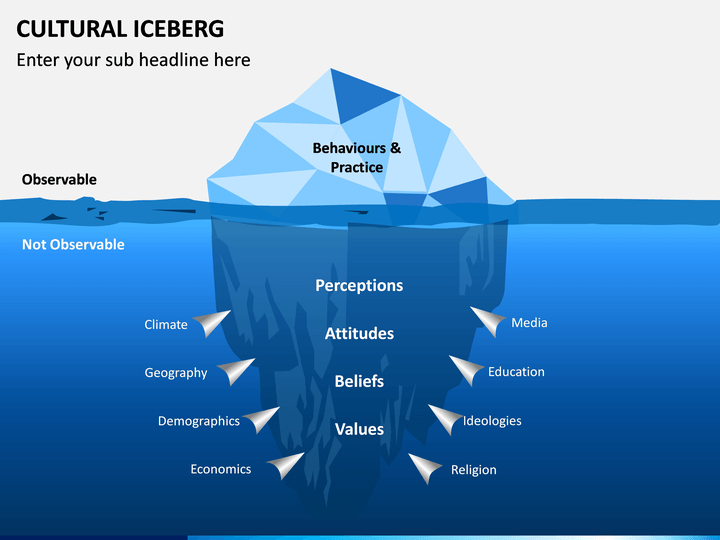 The differences in birth practices in developed countries can, surprisingly, also be startlingly big. For example, around half of all women in Brazil give birth via c-section. In some private hospitals, the rate of c-sections can be as high as 80 percent. In the Netherlands, this number is much closer to 10 percent, which is the rate recommended by the World Health Organization.
The differences in birth practices in developed countries can, surprisingly, also be startlingly big. For example, around half of all women in Brazil give birth via c-section. In some private hospitals, the rate of c-sections can be as high as 80 percent. In the Netherlands, this number is much closer to 10 percent, which is the rate recommended by the World Health Organization.
It’s not just hospital practices that affect birth across the world – culture and tradition play a significant role. In the US, where pain medication is accepted as a normal part of birth, over half of all women have epidurals during labour. This contrasts with Japan where many women labour without pain relief. There is a traditional Japanese belief that labour pains help to prepare women for motherhood, and that labour pains should be endured.
Here are 10 fascinating modern and ancient birth rituals from around the world that show us just how amazing and diverse birth really is:
Birth Ritual #1: Mexico
The rebozo is a traditional Mexican shawl, which is four or five feet long and made from woven material. Rebozo is a traditional Mexican craft that has been passed down through generations, and it can be used in many ways. As well as making a fetching head scarf, the rebozo was traditionally used during birth. It can be useful during labour, with birth partners using the rebozo to help support the weight of the labouring woman. It can also be used for a technique known as ‘sifting’ which is thought to relax the pelvic muscles during labour, helping the birth to progress. The rebozo is slowly making it’s way into birthing rooms around the world.
Rebozo is a traditional Mexican craft that has been passed down through generations, and it can be used in many ways. As well as making a fetching head scarf, the rebozo was traditionally used during birth. It can be useful during labour, with birth partners using the rebozo to help support the weight of the labouring woman. It can also be used for a technique known as ‘sifting’ which is thought to relax the pelvic muscles during labour, helping the birth to progress. The rebozo is slowly making it’s way into birthing rooms around the world.
Birth Ritual #2: Togo
In this West African country, superstition dictates that labouring women should keep their noise at a minimum. Shouting and loud noises is believed to attract evil spirits, and so women are encouraged to stay as silent as possible during the birth.
Birth Ritual #3: Inuit
In traditional Inuit culture, most women received support from a midwife figure during childbirth. The midwives were local women who had gained experience by attending many births. In Inuit culture, birth is traditionally a calm and relatively peaceful affair. In fact, Inuit midwives used to whisper all of their directions to the labouring women.
In Inuit culture, birth is traditionally a calm and relatively peaceful affair. In fact, Inuit midwives used to whisper all of their directions to the labouring women.
Birth Ritual #4: Comanche
The Comanche tribe are an indigenous peoples who once lived in a place known as Comancheria. That land is now split between a number of US states including New Mexico and Colorado. The Comanche are now headquartered in Oklahoma. Traditionally, Comanche women would squat over hot stones during labour. The pain was believed to provide pain relief, and these is some belief that it may also help to prepare the perineum to stretch.
Birth Ritual #5: Pakistan
The Kanash people in Pakistan believe labouring women are unclean. Because of this, mothers-to-be are expected to leave their homes a few days before the baby is due. She moves to a hut known as a Bashleni which is decorated in paintings of animals. Only menstruating women are allowed to visit the Bashleni and assist the woman during birth.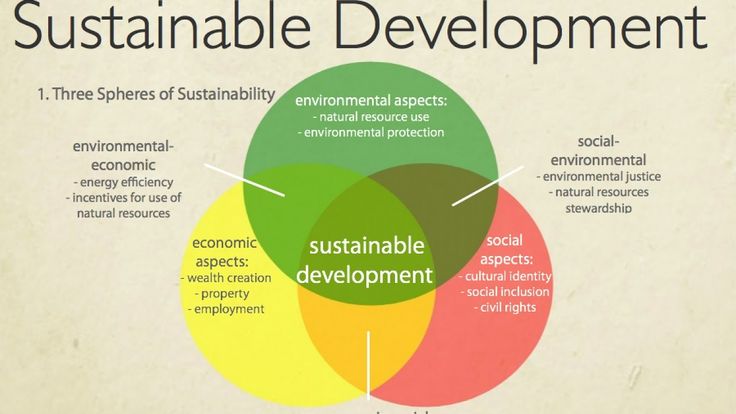
Birth Ritual #6: India
In Bihar, India, it is traditional for women to drink a glass of water if their labour is not progressing. Not cold, refreshing water, but a glass of water in which the mother-in-law had dipped her toe.
Birth Ritual #7: Holland
Homebirths account for around 20 percent of the births in Holland. This means the country is better setup for accommodating homebirths than some other developed countries, like Australia. Even if you plan to birth your baby in a hospital, it is likely that a midwife will visit your home when you go into labour to provide advice about when you need to arrive at the hospital. To anyone who has ever been turned away from a maternity ward whilst in early labour, this probably sounds like a pretty amazing service.
Birth Ritual #8: Korea
In Korea, it is traditional for the mother-in-law to play an active role during the labour. Traditionally, the father-to-be would stay out of the labour room and instead congregate with other male family members awaiting news of the birth.
Birth Ritual #9: Jamaica
After a birth in Jamaica, the placenta and umbilical cord are saved. A special location is then picked out for these to be buried in the ground. Friends or relatives bring a tree with which to mark the burial spot. The young tree will be used to teach the child about the importance of responsibility. As the child grows he is charged with taking care of the tree.
Birth Ritual #10: Ancient Egypt
In Ancient Egypt, menstrual blood was believed to be a good medicine. Following the birth of a child, the blood would be rubbed onto the baby’s skin to protect him from bad spirits.
Cultural educational practices in the preschool educational institution
Cultural educational practices in the preschool educational institution
As part of the implementation of the Federal State Educational Standard for Preschool Education, significant changes and additions have appeared in the program of our Institution, in particular, this is the introduction of such a thing as "cultural practices".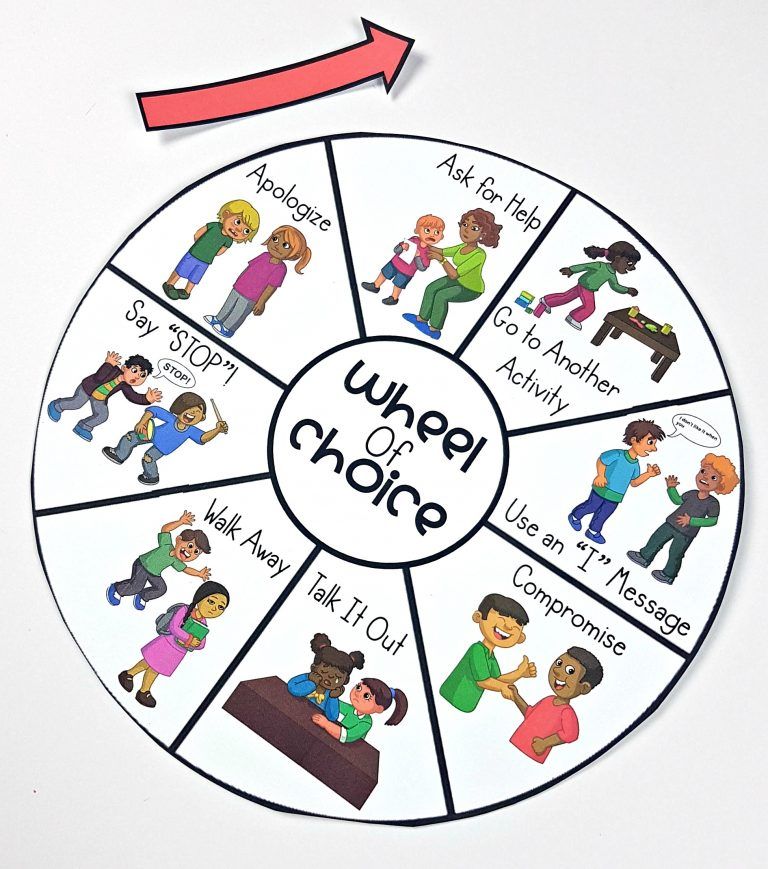 The concept of "cultural practices" is based on the problem of the relationship between culture and education, their mutual penetration. Each individual family has certain “cultural practices” that the child absorbs from the moment of birth, and already on their basis, his unique individual life experience is formed, which plays an important role in enriching his cultural experience and subsequent socialization. It should be noted that any cultural practice, whether playful or free, is characterized by two directions of its design in the educational process - it is the initiation of it by children, and cultural practices initiated, organized and directed by adults.
The concept of "cultural practices" is based on the problem of the relationship between culture and education, their mutual penetration. Each individual family has certain “cultural practices” that the child absorbs from the moment of birth, and already on their basis, his unique individual life experience is formed, which plays an important role in enriching his cultural experience and subsequent socialization. It should be noted that any cultural practice, whether playful or free, is characterized by two directions of its design in the educational process - it is the initiation of it by children, and cultural practices initiated, organized and directed by adults.
What does the activity of cultural practices in the educational process depend on ?
Previously, all the activity and effectiveness of cultural practices directly depends on the pedagogical culture of the educating adult, who can organize the educational process in such a way that it stimulates the activity and creative initiative of the child, encourages his interest and desire to choose the way of action himself.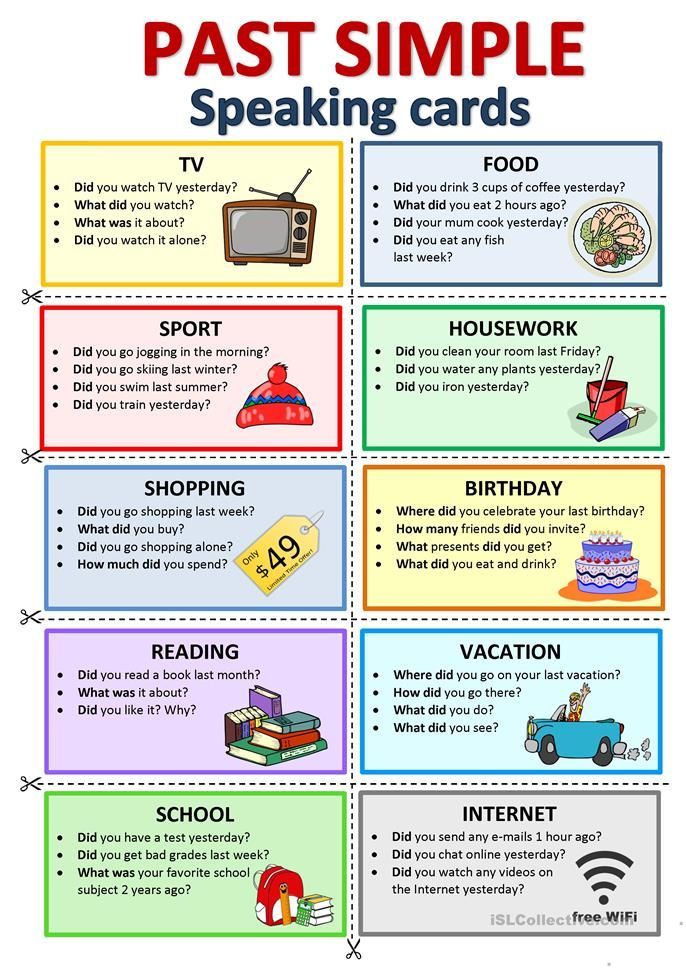 Let it be even a negative experience of discontent, resentment, jealousy, protest - this is also an important experience. Because without hardship you will not achieve success. Having gone through such an experience, the child will appreciate more the positive life experience of empathy, goodwill, love, friendship and mutual assistance. What exactly a child will practice depends not only on his character, value system, style of life, but also on his further fate as a whole. Among the varieties of cultural practices, there are: manipulation with objects, fantasizing, creative and research activities, experimentation, play. Cultural practices are initially formed in the joint activity of a child with an adult, and then they are already expanded due to his independent actions. Cultural practices are a rich and effective tool for the development of initiative, independence and responsibility of a preschool child, which subsequently contributes to the formation of prerequisites for educational activities.
Let it be even a negative experience of discontent, resentment, jealousy, protest - this is also an important experience. Because without hardship you will not achieve success. Having gone through such an experience, the child will appreciate more the positive life experience of empathy, goodwill, love, friendship and mutual assistance. What exactly a child will practice depends not only on his character, value system, style of life, but also on his further fate as a whole. Among the varieties of cultural practices, there are: manipulation with objects, fantasizing, creative and research activities, experimentation, play. Cultural practices are initially formed in the joint activity of a child with an adult, and then they are already expanded due to his independent actions. Cultural practices are a rich and effective tool for the development of initiative, independence and responsibility of a preschool child, which subsequently contributes to the formation of prerequisites for educational activities.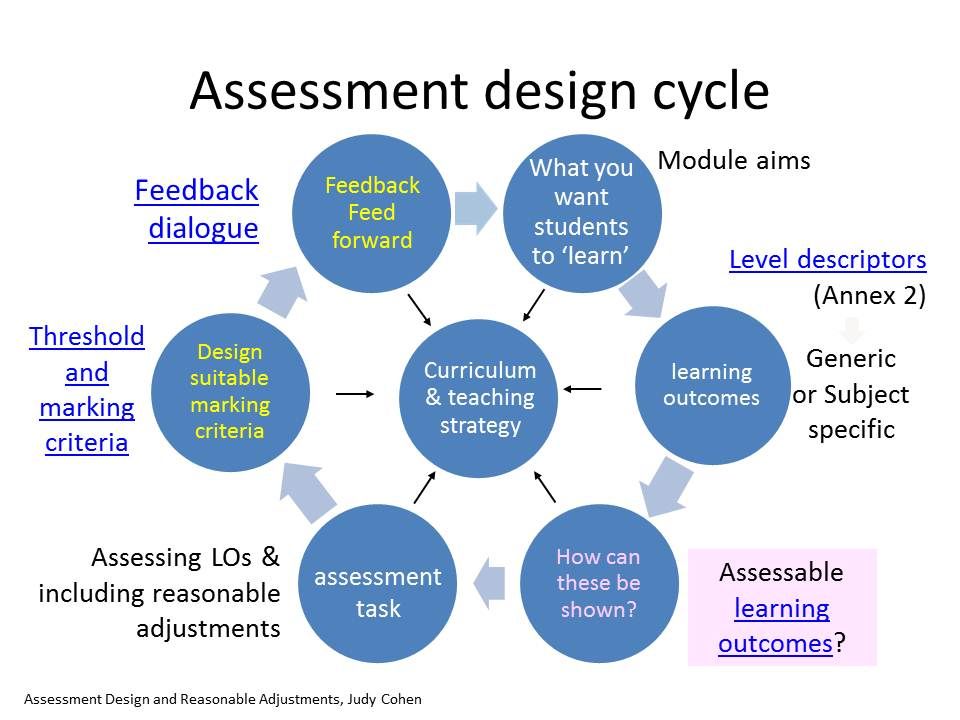 In cultural practices, due to the creation by the teacher of an atmosphere of freedom of choice, creative exchange and self-expression, cooperation between an adult and children, an environment is formed where the child is ready to open himself to the world and the world for himself. This environment provides:
In cultural practices, due to the creation by the teacher of an atmosphere of freedom of choice, creative exchange and self-expression, cooperation between an adult and children, an environment is formed where the child is ready to open himself to the world and the world for himself. This environment provides:
- the possibility of free communication and productive joint activities of children and adults, and also ensures:
- the disclosure of the individuality of the child,
- the creation of a relaxed atmosphere,
- the formation of a sense of collectivism and mutual understanding,
- support for children's initiative and independence;
- development of children's creative activity in the game.
The organization of cultural practices in a preschool institution is predominantly subgroup in nature, includes educational guidelines and requirements that are aimed at ensuring a full life for preschoolers through the organization of play activities as a cultural practice.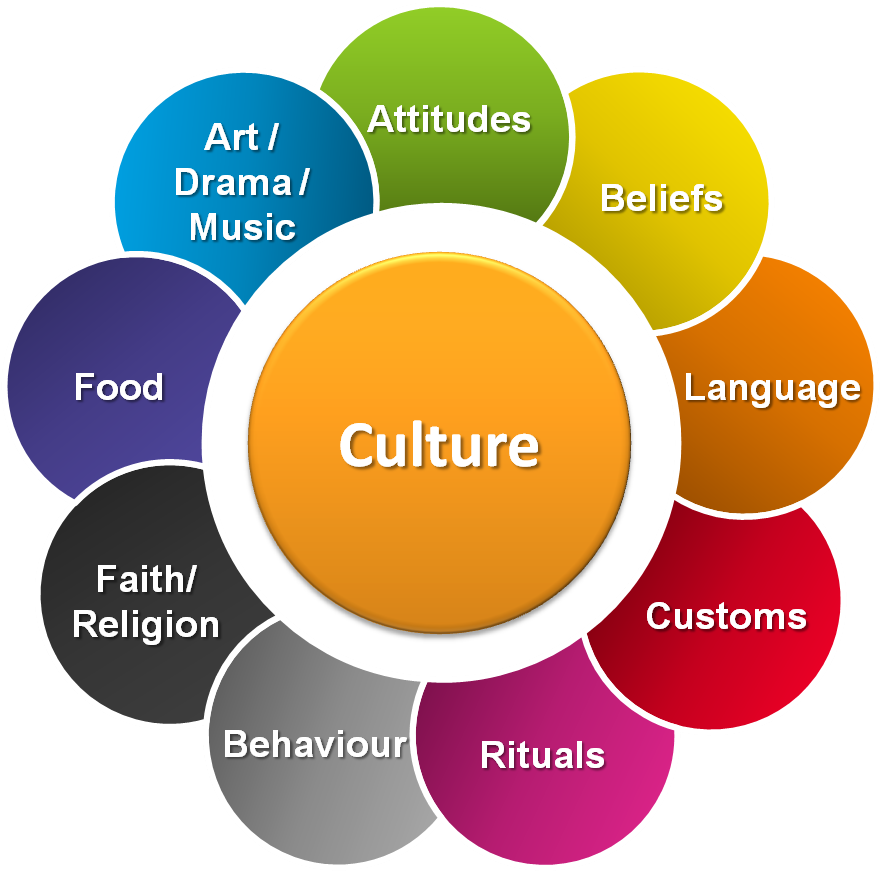 It is in the game, where Masha pretends to become a mother and takes care of her baby, that she connects various phenomena of life with personal experience, sometimes finding wise and simple solutions to a problem situation. The play activity of preschoolers as a cultural practice helps the child to master social norms, makes them think, teaches them to subordinate their behavior to the moral norms of society, ensures the satisfaction of the actual needs of the child and society by focusing on the potential social opportunities of children. In the process of organizing cultural practice, the teacher models a problem situation, prompts children to find ways to solve it, then the child learns to make his own decisions, based on his knowledge and skills in various activities. And, most importantly, in the process of making a decision, the child not only masters the culture of oral speech, he learns to express his thoughts and desires. Thus, with the help of cultural practices, the systematic implementation of targets is ensured.
It is in the game, where Masha pretends to become a mother and takes care of her baby, that she connects various phenomena of life with personal experience, sometimes finding wise and simple solutions to a problem situation. The play activity of preschoolers as a cultural practice helps the child to master social norms, makes them think, teaches them to subordinate their behavior to the moral norms of society, ensures the satisfaction of the actual needs of the child and society by focusing on the potential social opportunities of children. In the process of organizing cultural practice, the teacher models a problem situation, prompts children to find ways to solve it, then the child learns to make his own decisions, based on his knowledge and skills in various activities. And, most importantly, in the process of making a decision, the child not only masters the culture of oral speech, he learns to express his thoughts and desires. Thus, with the help of cultural practices, the systematic implementation of targets is ensured.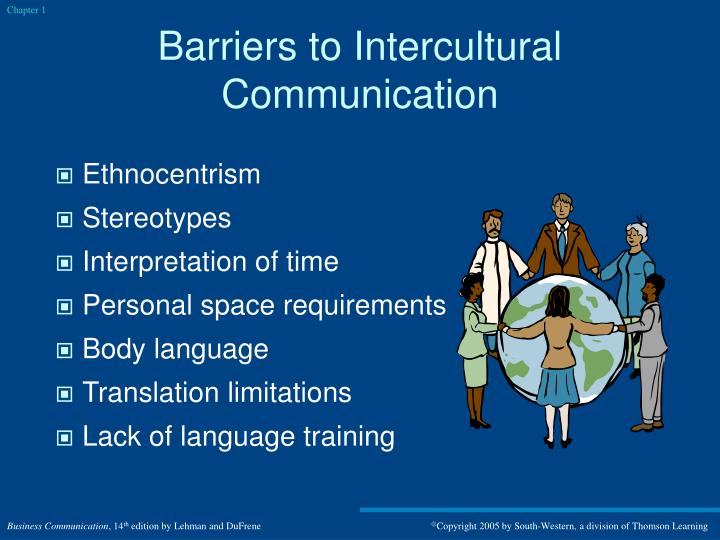 Cultural practices help children to independently determine what they need at this stage of development, and therefore update the acquired knowledge and methods of action with objects of both the objective world and subjects of interpersonal communication. And, therefore, they contribute to the qualitative preparation of our children for adulthood, for the next stage of development - schooling.
Cultural practices help children to independently determine what they need at this stage of development, and therefore update the acquired knowledge and methods of action with objects of both the objective world and subjects of interpersonal communication. And, therefore, they contribute to the qualitative preparation of our children for adulthood, for the next stage of development - schooling.
Sincerely yours, teacher - psychologist Anna Semyonovna Kalyuzhnaya
References:
1. Mid.M. "Culture and the world of childhood", M., 1988
2. Bruner Zhd. "Culture of education", M., Education, 2006
3. Krylova N.B. “General and applied cultural studies in solving urgent problems of organization and development of education”, M., Smysl, 2010
- < Back
- Next >
The use of cultural practices to expand the creative possibilities of preschoolers
With the release of the Federal State Educational Standard for Preschool Education, special attention is paid to various types of children's activities and solving the problems of developing independence and creativity among preschoolers.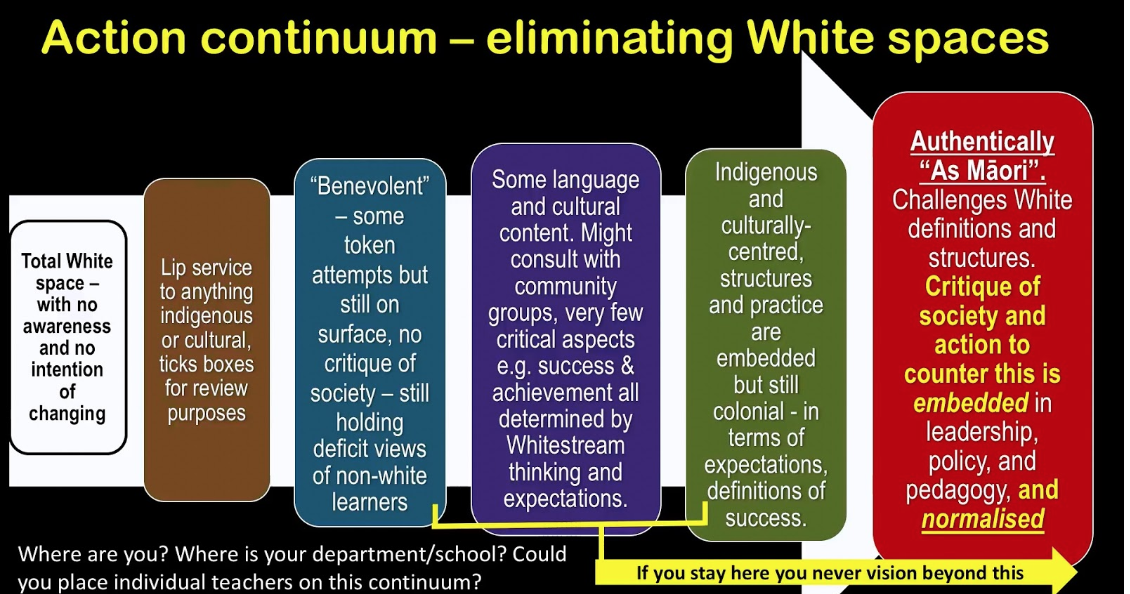 The basis for the implementation of the tasks of the Federal State Educational Standard is the culturological and activity approach in pedagogy. The culturological approach defines education as a way to familiarize a child with the values of world and national culture, develop his creative abilities and inclinations, protect his rights and health. The condition for the implementation of the culturological approach in pedagogy is the dialogue of cultures - the personal culture of the child and the pedagogical culture of the educator, specialist.
The basis for the implementation of the tasks of the Federal State Educational Standard is the culturological and activity approach in pedagogy. The culturological approach defines education as a way to familiarize a child with the values of world and national culture, develop his creative abilities and inclinations, protect his rights and health. The condition for the implementation of the culturological approach in pedagogy is the dialogue of cultures - the personal culture of the child and the pedagogical culture of the educator, specialist.
The concept of cultural practices has emerged. N.B. Krylova believes that "cultural practices are diverse, based on the current and future interests of the child, types of independent activities, behavior and experience." Cultural practices are situational, autonomous, independent, initiated by an adult or a child himself, the acquisition and repetition of various experiences of communication and interaction with people in various groups, teams, communities and public structures with adults, peers and younger children.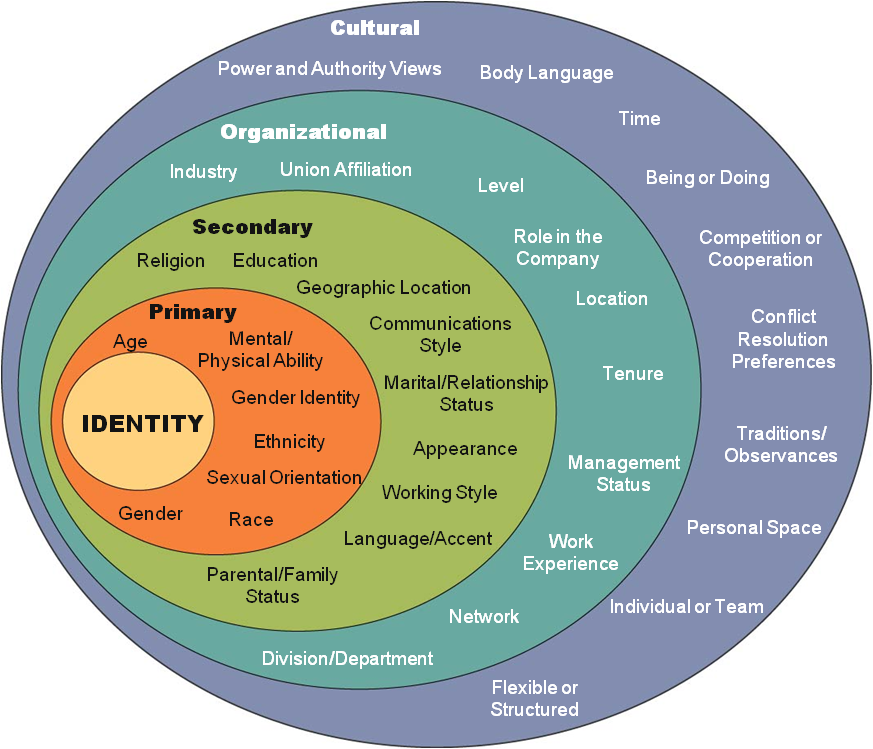 This is also the development of a positive life experience of empathy, benevolence and love, friendship, help, care, altruism. As well as the negative experience of discontent, resentment, jealousy, protest, rudeness. From what exactly the child will practice, his character, value system, style of life, and further fate depend.
This is also the development of a positive life experience of empathy, benevolence and love, friendship, help, care, altruism. As well as the negative experience of discontent, resentment, jealousy, protest, rudeness. From what exactly the child will practice, his character, value system, style of life, and further fate depend.
The leading cultural practice is game practice , which allows creating an event-organized space for the educational activities of children and adults.
Specially organized activities of the educator take place in the first half of the day, and in the second half of the day various cultural practices are organized, focused on the manifestation of independence and creativity in children in various activities. In the process of cultural practices, the educator creates an atmosphere of freedom of choice, self-expression, cooperation between adults and children. Cultural practices are associated with active, independent, multifaceted approbation by each child of new types of activity for him, as well as ways of its implementation and various forms of organization based on individual interests, needs, abilities.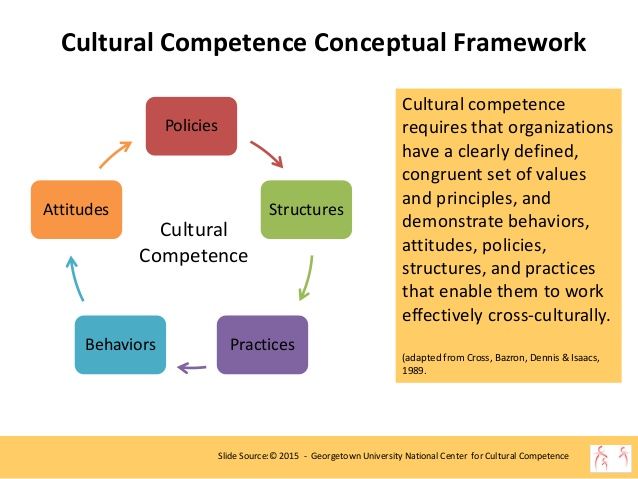 We can say that cultural practices are an effective way to solve the most acute problems of modern preschool and primary school education, aimed at positive socialization and flexible individualization.
We can say that cultural practices are an effective way to solve the most acute problems of modern preschool and primary school education, aimed at positive socialization and flexible individualization.
In their activities, thoughts, feelings, actions, assessments, each child acts as a subject of culture, since to some extent he relies on universal human values - spiritual and moral. Education is designed to help the child not only assimilate the universal human experience as something external, but also help to appropriate, make it internal, so that on the basis of this sociocultural experience he can transform his natural abilities to the possibility of a “second birth” - self-actualization, discovery of his “I” and his own life. way.
A person's cultural practices begin to develop at an early age in the process of meaningful and emotionally comfortable interaction with close adults, then they are enriched - gradually and constantly - in the process of independent activity.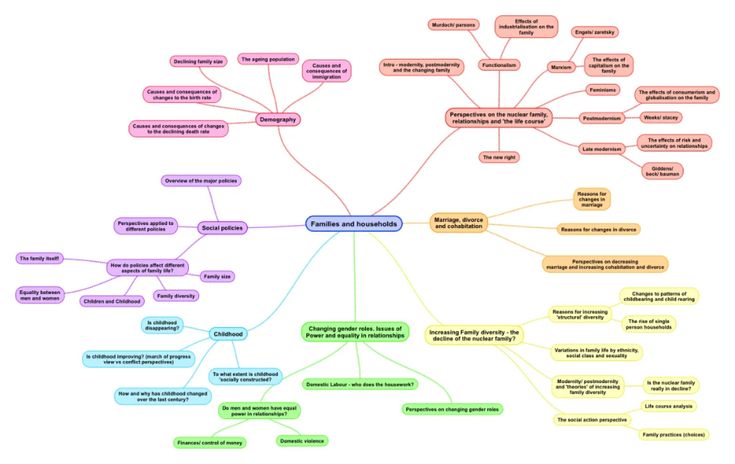 To expand the cultural practices of the child, such types and forms of activity are significant as: free manipulation of various objects and materials, observations and experiments, experimentation, own trial and error, search and choice, spontaneous fine art (drawing, modeling, modeling, collage), construction from different materials, research, fantasizing, writing, theatrical games and more. others
To expand the cultural practices of the child, such types and forms of activity are significant as: free manipulation of various objects and materials, observations and experiments, experimentation, own trial and error, search and choice, spontaneous fine art (drawing, modeling, modeling, collage), construction from different materials, research, fantasizing, writing, theatrical games and more. others
A child's practice becomes cultural when it opens up opportunities for his personal initiative, understanding of everyday experience that accumulates gradually, and the creation of his own artifacts, samples and creative products of activity based on mastered cultural norms (since culture is an essential quality of any kind and any form human activity). In cultural practices, children independently, on their own initiative and on the basis of their individual desires, interests, needs, abilities, skills, master the types of activities and behaviors available to them. They act actively, freely, confidently, they are not afraid to take the initiative, justify the choice, express their own opinion, assess the situation or act.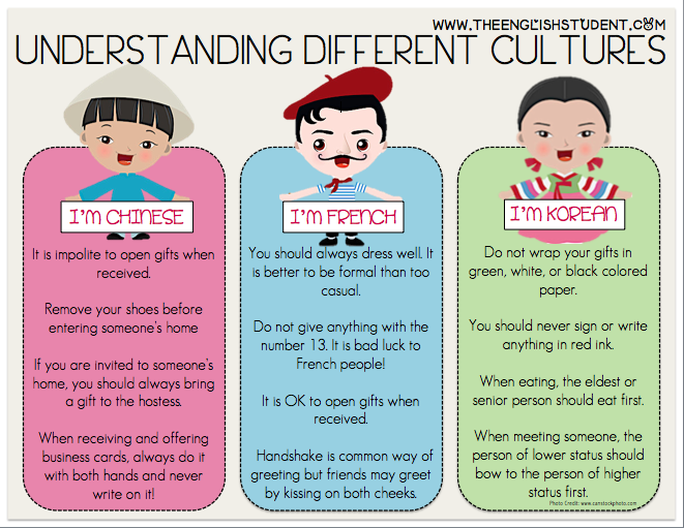 In cultural practices, different types of activities quickly replace each other and are freely integrated by children in various combinations (sometimes unexpected for adults).
In cultural practices, different types of activities quickly replace each other and are freely integrated by children in various combinations (sometimes unexpected for adults).
Cultural practices are also the child's spontaneous accumulation of diverse experiences of communication and productive interaction with peers and children of other ages (younger and older), when children unite in pairs, small or large groups according to their interests. And this is an enrichment of the experience of friendship, mutual assistance, cooperation, empathy, care, empathy. Here are the origins of "hidden" moral education, emotional and volitional development.
Cultural practices are various ways of self-determination and self-realization of a child, based on everyday (ordinary, familiar) and at the same time interesting for him types of independent activities, behavior and experience. The use of cultural practices in modern kindergartens is caused by the need to expand the social and practical components of the content of education to enrich the cultural experience of each child, taking into account his individuality. But for the successful implementation of this idea, a fundamental change in the view of teachers on culture is necessary - the formation of a readiness to see in it the purpose, meaning and main content of education.
But for the successful implementation of this idea, a fundamental change in the view of teachers on culture is necessary - the formation of a readiness to see in it the purpose, meaning and main content of education.
1. The most effective form of implementation of cultural practices in the development of a preschooler is project activity , since it allows integrating the content of various practices. In our kindergarten, work in this direction is carried out widely and actively. They were performed jointly with parents, educators and children on various topics. Where the children themselves suggested the theme of the projects. The teacher carefully listened to all the answers, ideas and suggestions of the children. The subject matter was varied. These are “Journey to the Flower Country of the Violet Fairy”, “Visiting a Holiday”, “We are Eco Volunteers”, “Journey into the Past of Clothes”, “Lapbook “Rivers of the Samara Province”, “History of Our City”, etc. The children were fascinated by the work of collecting information, materials for projects.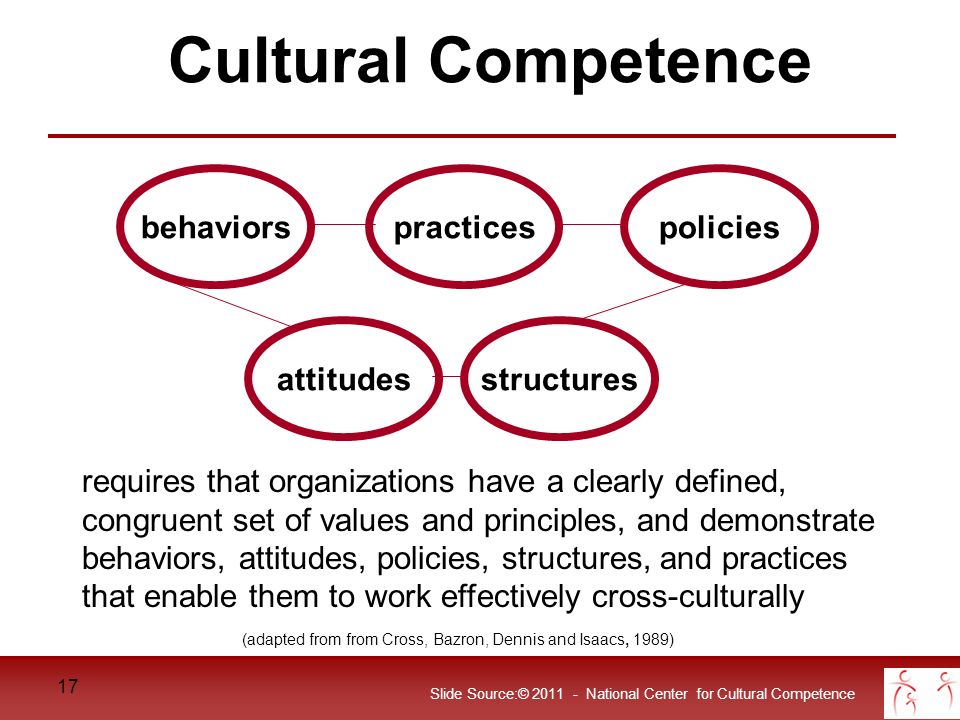
2. Another work on the implementation of cultural practices can be attributed musical and theatrical, and literary drawing room . When choosing a book, children offer to read and discuss the book they are interested in. After reading, there is a discussion of the content, where the children express their attitude towards the main characters, their actions. The group has book corners “Read it”, “Inquisitive”. Most of all, children show interest in books about animals by V. Bianchi, E. Charushin, children listen to the books of N. Nosov, B. Zhitkov with great interest, they love fairy tales of foreign and Russian writers A. Pushkin, G. Andersen.
3. Joint play of children and teachers (role-playing, directing, dramatization, building and constructive games) are also related and aimed at enriching the content of creative games, mastering the game skills necessary for preschoolers to organize independent play. Children with great interest perform constructions from a soft constructor, Lego constructor, suction cup constructor, block constructor.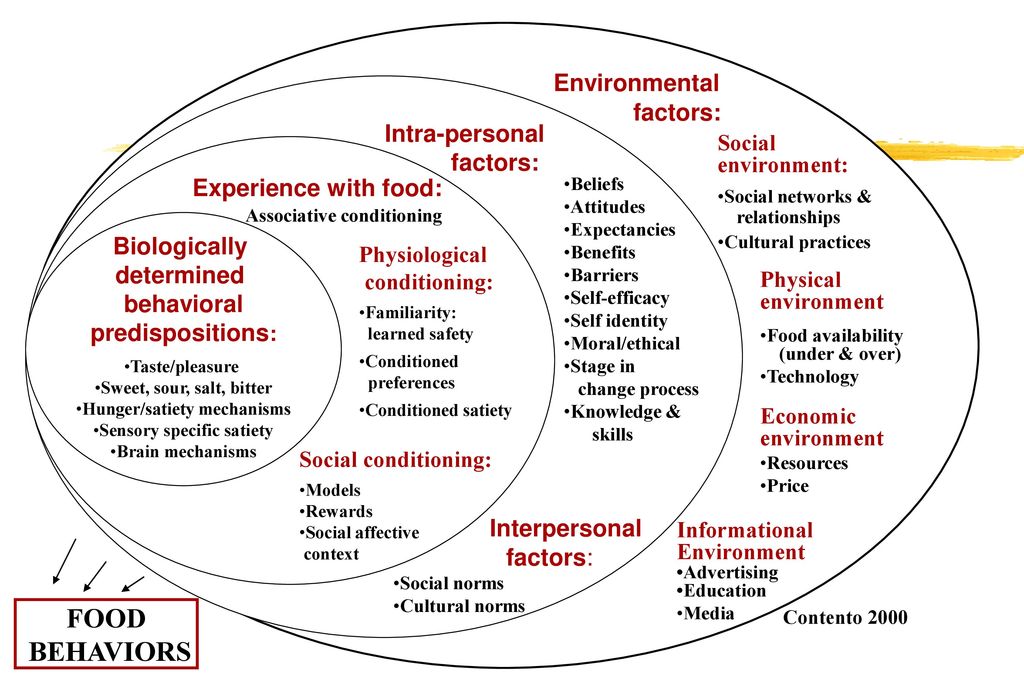 During construction, they show their creativity and imagination. During this work, children show independence, teamwork, and the ability to negotiate with each other. In the afternoon, children are given the opportunity to independently select material for dramatization games and choose a fairy tale and attributes. Children really like the fairy tale "Teremok", "Turnip". Children show their individuality in the organization of role-playing games "My family", "at the doctor's appointment". "I'm at the supermarket."
During construction, they show their creativity and imagination. During this work, children show independence, teamwork, and the ability to negotiate with each other. In the afternoon, children are given the opportunity to independently select material for dramatization games and choose a fairy tale and attributes. Children really like the fairy tale "Teremok", "Turnip". Children show their individuality in the organization of role-playing games "My family", "at the doctor's appointment". "I'm at the supermarket."
4. Situations of communication and the accumulation of positive social and emotional experience are of a problematic nature and include a life problem close to preschool children, in the resolution of which they are directly involved. Such situations can be of a real-practical nature (assistance to kids, elders). In situations of a conditionally verbal nature, the teacher enriches the pupils' ideas about the experience of resolving certain problems, calls the children to a sincere conversation, connects the content of the conversation with the personal experience of preschoolers. In real-practical situations, children gain experience in showing a caring, sympathetic attitude towards people, take part in important matters ("We plant trees on the kindergarten site", "We decorate the kindergarten for the holiday", "Participate in the action to make the city cleaner" , "Feed the birds", etc.). Situations can be planned by the educator in advance, or they can arise in response to events that occur in the group, to help resolve emerging problems.
In real-practical situations, children gain experience in showing a caring, sympathetic attitude towards people, take part in important matters ("We plant trees on the kindergarten site", "We decorate the kindergarten for the holiday", "Participate in the action to make the city cleaner" , "Feed the birds", etc.). Situations can be planned by the educator in advance, or they can arise in response to events that occur in the group, to help resolve emerging problems.
5. In creative workshop children are allowed to discover their interests in artistic and aesthetic development. They are diverse in their subject matter and content. In our groups there are circles "Magic Thread" where children are engaged in needlework, a circle "Lesovichok", where children are provided with a lot of material to show their creativity. Children perform work from cones, dried leaves, cereals. Also in the creative workshop, children join folk crafts. During the GCD on the topic “Russia is famous for its miracle craftsmen”, the guys learned a lot of information about folk crafts: Khokhloma, Gzhel, Dymka.